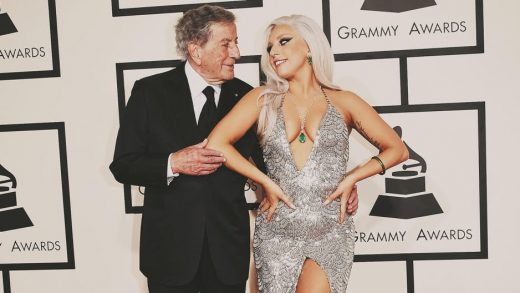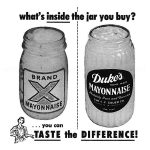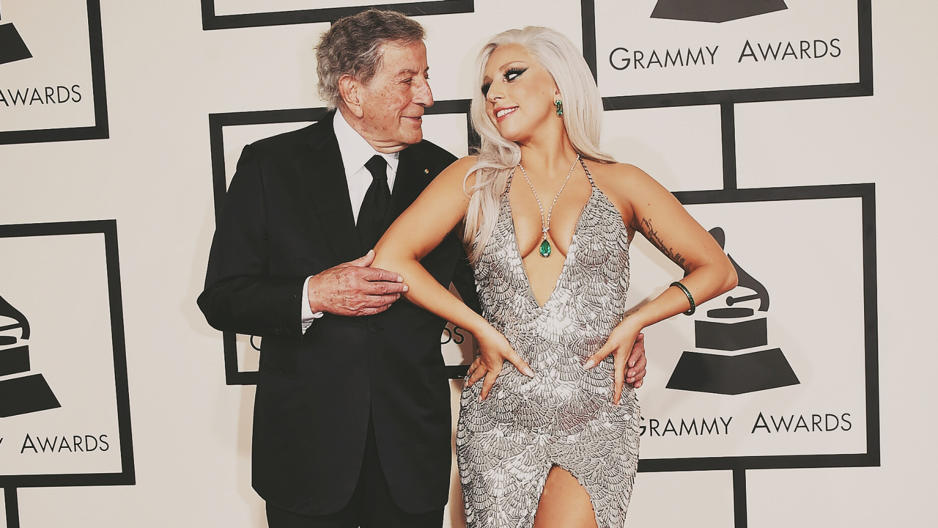Your Obsession With Millennials Won’t Survive 2017
This content is appropriate for people of all ages. And that’s the point. The days of targeting media and products at people based on their age is over.
Whatever demographers may say, the “millennial” moniker has worn out its usefulness. I propose an alternative—one that transcends generational boundaries, which aren’t reliable guides to traits or behaviors in the first place. Instead, let’s talk about “perennials.”
Meet The Perennials
Who are they? We are ever-blooming, relevant people of all ages who live in the present time, know what’s happening in the world, stay current with technology, and have friends of all ages. We get involved, stay curious, mentor others, and are passionate, compassionate, creative, confident, collaborative, global-minded risk takers who continue to push up against our growing edge and know how to hustle. We comprise an inclusive, enduring mind-set, not a divisive demographic.
Perennials are also vectors who have a wide appeal and spread ideas and commerce faster than any single generation: Lady Gaga + Tony Bennett, Lena Dunham + Jenni Konner, Beyoncé + Jay-Z, Bob Dylan, Jimmy Fallon, Pharrell Williams, Justin Trudeau, Ellen DeGeneres, Malala Yousafzai, Sheryl Sandberg, Mick Jagger, Michelle Obama, Emma Watson, Elon Musk, Bernie Sanders, Diane Von Furstenberg, Lorne Michaels, Ai Weiwei, John Oliver, Aziz Ansari, the little girl on Stranger Things . . . all perennials.
Retiring Millennial Clichés
If you are older than 36, the upper limit of millennial age, chances are you’ve done your fair share of trash talking about this generation. I’m a culprit. But I stopped cold once I remembered I was far worse back in my day.
My partner Amy and I began our careers in the dotcom biz, when the internet was as fledgling as our ability to run a startup on angel funding. Amy was 27. I was 32. My accountant-trained parents asked how my company was going to pay back the million dollars I raised from investors. I said, verbatim, into my Motorola StarTAC, “Earned revenue is very 20th-century thinking, Dad. It’s all about eyeballs right now. You wouldn’t understand.”
Millennials can’t stand their moniker and are even harsher critics when it comes to judging their contemporaries, so why rub it in? It’s time we rewire our collective Pavlovian response, millennials = entitlement, and find the overlap between all ages.
The Limits Of Generation-Level Claims
The term “generation” used to refer to parents and their offspring every 25 years. It wasn’t until the 19th century that it mutated to describe the social cohort we are born into. The baby boomers (1946–1964) are the first and only officially recognized generation by the Census Bureau because of its clearly defined characteristics.
Leap forward to the influential 1991 book Generations, by William Strauss and Neil Howe, and the moniker “millennial” is coined. It took another decade for marketers and the media to upspin millennials—whose birth years fall within the range of 1982–2004—as “the next greatest generation” and begin focusing all their efforts to woo these limelit consumers, voters, and likers. As for the rest, born before 1982, well, the rest is history . . . irrelevant and in the past.
Tolerance feels unattainable when there are hard lines drawn between decades, and terms like boomers, gen X, and gen Y keep us separate and at odds. The media’s adoring gaze is focused solely on the millennial timeline, and it’s light’s out for everyone else.
In a recent article in the ABA Banking Journal, it’s suggested, in fact, that “attitudes and habits that are widely thought to be millennial-specific may actually be quite widespread among the general population.” Relevance belongs to every age, not only during the period of a generation’s ascension to power. Take Sarah Jessica Parker, who debuted on Broadway as little orphan Annie then went on to become the game-changer of fashion and friendship as Carrie Bradshaw. Today she stars as Frances on HBO’s Divorce, a grittier take on conscious uncoupling. She’s been a perennial all along.
Psychographics, Not Demographics
I spent the past year ruminating on an appropriate sobriquet to describe a set of people based on psychographics, not demographics, that would include millennials, as well as people of all ages. I began floating the term “relevants” to see if it stuck until a wise New York Times journalist pointed out that saying “I’m a relevant” could be misheard as “I’m irrelevant.”
So I turned to my husband, Dave, the dude who writes NextDraft and is king of catchy headlines. (He was dozing off next to me on an airplane.) “I got it,” he said. “You should call them perennials.” I quickly searched all definitions of perennial: enduring, perpetual, everlasting, recurrent, ever-blooming. Thus, “perennials” was born.
It’s time we choose our own category based on shared values and passions and break out of the faux constructs behind an age-based system of classification. By identifying ourselves as perennials, we supplant our constricting label with something that better reflects our reality online and off. Amazon and Netflix get it right with recommendation engines that target people based on behavioral data over outmoded generational stereotypes, so why shouldn’t we?
Being a millennial doesn’t have to mean living in your parents’ basement, growing an artisanal beard, and drinking craft beer. Midlife doesn’t have to be a crisis. And you don’t have to be a number anymore. You’re relevant. You’re ever-blooming. You’re perennial.
Gina Pell is Perennial #1 and the Content Chief of The What, a clever list for curious people. An earlier version of this article originally appeared on NewCoShift. It is adapted and reprinted with permission.
Fast Company , Read Full Story
(33)














